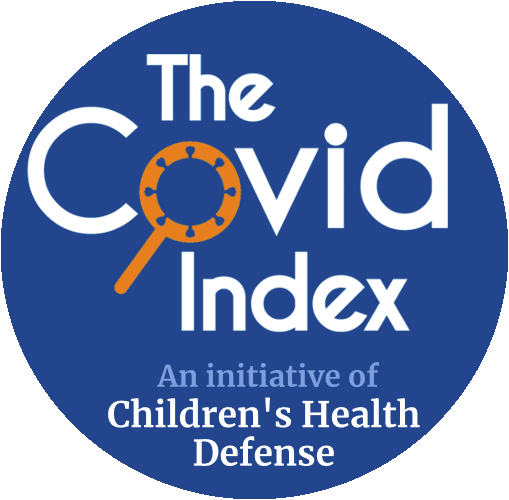“Results: … All mice exhibited histopathologic changes in lungs two days after challenge including all animals vaccinated (Balb/C and C57BL/6) or given live virus, influenza vaccine, or PBS suggesting infection occurred in all. Histopathology seen in animals given one of the SARS-CoV vaccines was uniformly a Th2-type immunopathology with prominent eosinophil infiltration, confirmed with special eosinophil stains…
Conclusions: These SARS-CoV vaccines all induced antibody and protection against infection with SARS-CoV. However, challenge of mice given any of the vaccines led to occurrence of Th2-type immunopathology suggesting hypersensitivity to SARS-CoV components was induced. Caution in proceeding to application of a SARS-CoV vaccine in humans is indicated…
Experiments: … Representative photo micrographs of lung sections from mice in this experiment two days after challenge with SARS-CoV are shown in figure 5. The pathologic changes were extensive and similar in all challenged groups (H & E stains). Perivascular and peribronchial inflammatory infiltrates were observed in most fields along with desquamation of the bronchial epithelium, collections of edema fluid, sloughed epithelial cells, inflammatory cells and cellular debris in the bronchial lumen. Large macrophages and swollen epithelial cells were seen near lobar and segmental bronchi, small bronchioles and alveolar ducts. Necrotizing vasculitis was prominent in medium and large blood vessels, involving vascular endothelial cells as well as the tunica media, and included lymphocytes, neutrophils, and eosinophils in cellular collections. Occasional multinucleated giant cells were also seen.”
© 2012 Tseng et al. This is an open-access article distributed under the terms of the Creative Commons Attribution License, which permits unrestricted use, distribution, and reproduction in any medium, provided the original author and source are credited.
